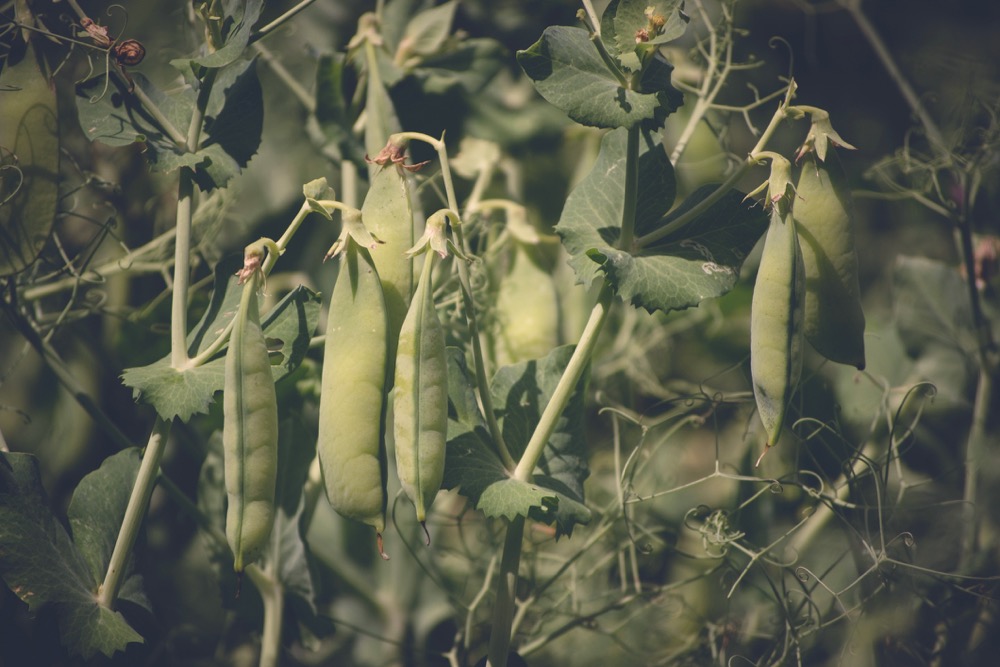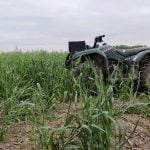Despite wet weather, grasshoppers are plaguing Saskatchewan farmers this summer. Saskatchewan Agriculture’s most recent crop report notes grasshopper problems in every region except the east-central and west-central parts of the province.
Dr. Julie Soroka, entomologist with Agriculture and Agri-Food Canada, said the economic threshold for grasshoppers is eight to 12 hoppers per square metre, but counting them is easier said than done.
“If you see a lot of grasshoppers throughout the field, they may be at threshold,” said Soroka. Soroka spoke to farmers at the Scott Research Farm’s annual field day on July 17.
Cabbage seedpod weevils are spreading north and east from their traditional territory in the south-west corner of the province, Soroka said. “This year we have higher numbers than we’ve had in several years,” she said.
Read Also

Pulse Weekly: Yields coming into focus
Provincial agricultural departments are reporting pulse yields higher than Statistics Canada’s September estimates.
But the Canola Council of Canada doesn’t advise spraying for cabbage seedpod weevils once canola approaches late flower. At that stage, the weevils have laid most of their eggs, which are protected from insecticide inside the pods.
There’s a bertha armyworm hotspot west of Regina where counts were as high as 1,500 moths per trap, said Soroka. The latest bertha armyworm map also shows hotspots near Watrous, southeast of Humboldt, west of Outlook, southeast of Outlook, and east of Regina.
The Canola Council of Canada advises farmers to scout even if their areas are rated low risk by trap counts.
Farmers in northwestern Saskatchewan are also seeing some cutworm damage, the Saskatchewan Crop Report noted. Some alfalfa crops in southwestern Saskatchewan were hit by alfalfa weevil.
Farmers should be scouting for wheat midge once the boot begins to emerge. Wheat midge can damage the plant between heading and anthesis. Glenlea wheat is susceptible through flowering, according to an Alberta Agriculture and Rural Development factsheet. (http://www1.agric.gov.ab.ca/$department/deptdocs.nsf/all/agdex2507).
Sherrilyn Phelps, regional crop specialist with Saskatchewan Agriculture, said wheat midge numbers were high west of Battleford. The Saskatchewan Crop Report also noted that farmers in the south, northeast, and east-central parts of Saskatchewan are seeing wheat midge.
Soroka pointed out that wheat midge prefers moist years. “If you had it last year, by all means, get out there and monitor,” she said.















